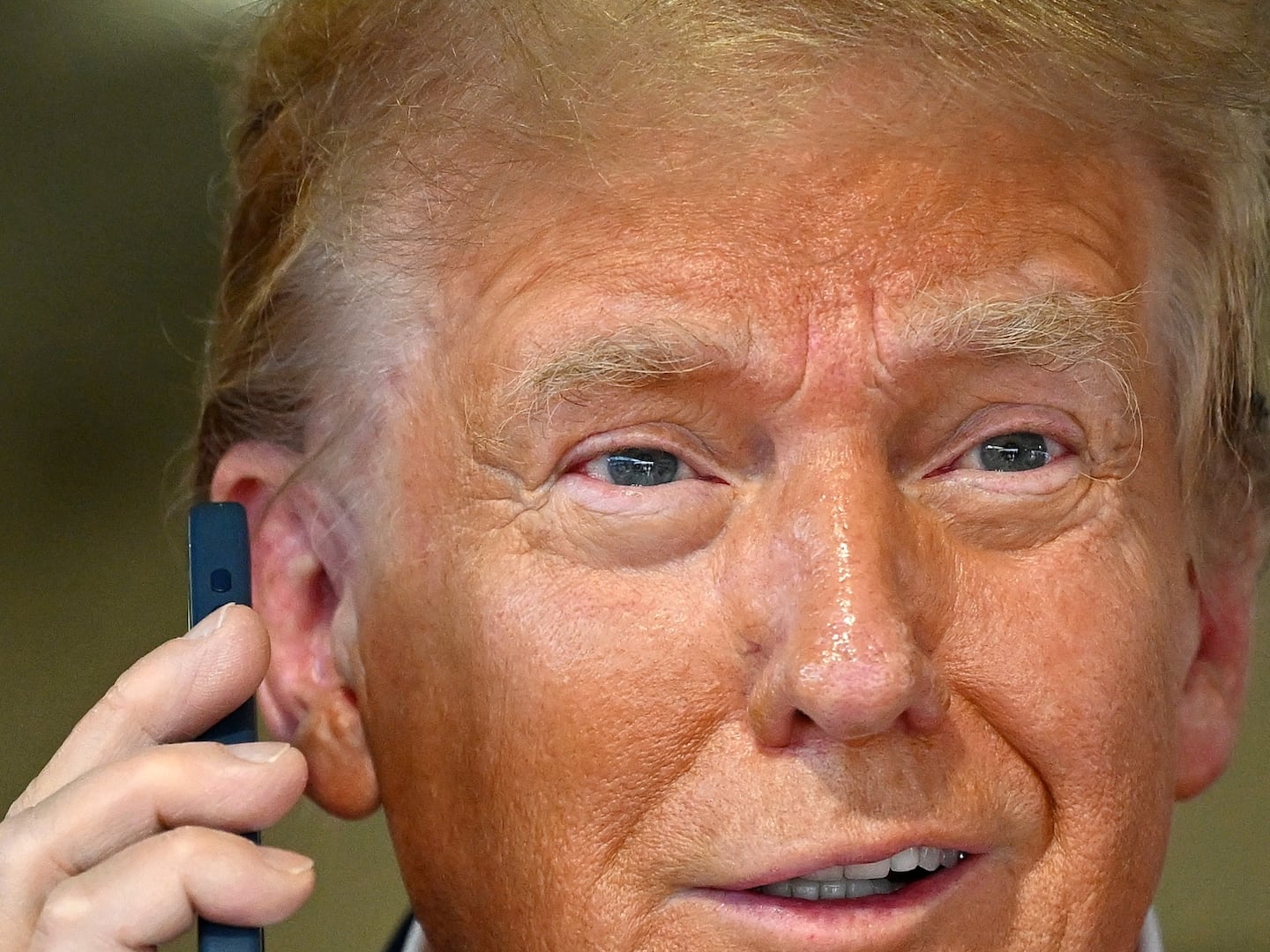When Deirdre clocked in for her shift at a WinCo Foods supermarket in Seattle at 4 a.m. on Monday, the store’s shelves were replete with paper towels and toilet paper. Based on customer shopping habits over the past few months, it should have been more than enough to meet demand.
But within hours, Deirdre—who like other grocery workers in this story asked her last name be withheld to speak candidly about her workplace—and her team realized this wasn’t just another Monday.
Toilet paper was moving so fast that by 1 p.m., Deirdre and her colleagues decided to implement limitations on the number of such items each customer could buy. And just an hour later, at the end of her shift, she recalled, “we were already down to where you could see the back walls.”
“They’re going really fast now,” she told The Daily Beast.
This wasn’t an isolated run on the shelves. As COVID-19 cases continue to spike across the nation, and some states—like Washington—start ramping back up lockdown measures after months spent loosening restrictions, America is once again witnessing a surge of panicked shoppers hoarding the most primal of consumer goods. Local reports, accounts on social media, and interviews point to bare shelves in supermarkets along the West Coast, as well as in major cities in the Northeast, Southwest, Great Lakes region, Texas, and beyond.
Supply chain experts and grocery workers don’t believe that the coming wave of shortages will be as severe or enduring as the one that hit America alongside the initial spread of the pandemic last spring. “People have already hoarded a lot of this stuff in their basements,” said Subodha Kumar, a supply chain expert at Temple University.
But some consumers were traumatized by the last run on consumer goods—and are determined not to be left behind as deaths and cases skyrocket.
“I’ve noticed my family stock up slightly,” said Bennett, a grocery store worker in Minnesota—where cases are exploding—referring to toilet paper in particular. “People are stockpiling now not because they’re afraid of being stuck at home, but because they’ve seen everyone else buying it up and are afraid they won’t be able to get any when they need it later.”
When the pandemic first hit, no one knew what to expect. Many worried that manufacturers, stores, and shipping companies would shut down entirely, or that they would end up completely housebound for weeks or months on end. So they bought anything and everything they thought might help them weather any and every unpredictable and chaotic eventuality that came to mind.
“In March, it kind of seemed random what people were stocking up on,” Deirdre said. “They’d just go, ‘OK, I’ll get that, because it’s what they have in stock.’”
On a global scale, for most goods, demand never actually outstripped supply. But stores often had no way of predicting how much they’d need of any given thing until they already had a shortage problem, sometimes struggling to find new suppliers if old ones were jammed up. Months of enduringly or unpredictably bare shelves just fed into people’s fears, and panic buying surged.
“It took two, three months, depending on the products and actors involved, for the supply chain to correct itself,” said Pedro Reyes, an expert on grocery supply chains at Baylor University.
Some products, like disinfectant wipes, never fully recovered; Clorox, for instance, has told customers to expect shortages well into 2021. Others only came back when stores started supplementing or replacing known brands, periodically stretched thin, with less familiar ones sourced from far afield.
But customers adjusted to those realities, and their anxiety faded. For the most part, Dierdre stressed, her store has “been back to our normal stocks, with only a few outs, for at least two months.”
Until the last few days, that is. And one bathroom necessity has been at the center of the reversal of that months-long sense of supermarket stability.
“Toilet paper is the target of panic buying” in particular when lockdown measures are announced, argued Steven Taylor, an expert on pandemic psychology at the University of British Columbia, because by now “many consumers expect other people to panic buy it.”
Still, many on the front lines seem to feel as if this run on consumer goods is somehow more genteel than those during the first COVID-19 wave. “In March, it almost felt like a stampede was about to happen at any second,” Deidre said. In November, many of her customers actually started self-policing the number of toilet paper packs they bought even before her WinCo introduced purchasing quantity restrictions, she added.
The softened initial impact of these panic buys may reflect the fact that people feel less uncertain about what lockdown measures will mean for our lives this time around. It may also reflect the fact that many Americans who want to stockpile goods have shifted away from in-store purchases and towards online bulk orders, noted Erika Marsillac, a supply chain expert at Old Dominion University.
Just as important: Suppliers and stockers expected a second wave of the virus, and a surge in demand for key items like toilet paper, at some point. They just didn’t know exactly when it’d hit, or how hard.
“I had circled early October on my calendar,” Reyes told The Daily Beast. “I just missed it by a few weeks.”
Uncertainty about timing made it hard for them to keep shelves full initially. But experts largely agree that the lessons producers, shippers, and stores learned in the first wave of the pandemic will help them to plug up supply gaps and keep shelves reassuringly full within a matter of days or weeks. Most major supermarkets have actually started imposing limits on the number of cleaning and paper products customers can buy—not because they’re running low on supplies, they say, but to preempt and staunch runs and shortages.
Limiting purchases could backfire, of course, if it just makes customers think more about the risk of shortages in the future as they watch hospitals get overrun and cases spiral. Official messaging urging people not to panic shop in response to new restrictions could similarly go wrong. And, of course, some completely new curveball could hit a nation desperate for relief, throwing shoppers and stores entirely out of whack once again.
But Deirdre, for one, believes that, “over the next day or two, people will come into stores and say, ‘Oh, they still have a lot of product—they’re not going to run out’” for a long time, like we expected. In other words, cooler heads will quickly prevail.
Hopefully, she’s right about that. Because as Thomas, another grocery worker in Minnesota, told The Daily Beast, “As funny as it was, nobody wants to see customers fighting over toilet paper again.”








